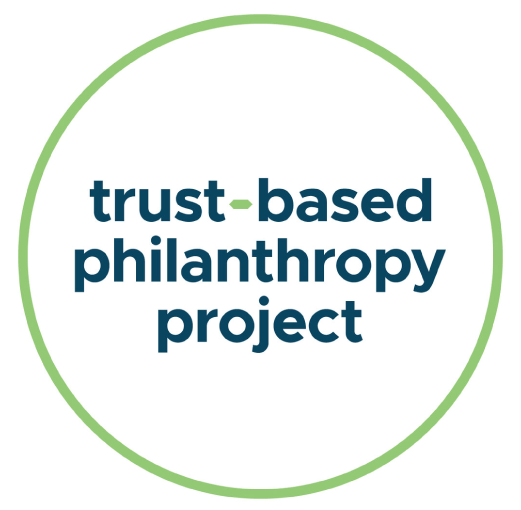IVAR Report: The Why and How of Unrestricted Funding
“Unrestricted funding is the single most powerful thing that funders can do to support charities.”
We hear this truth again and again, yet many funders find unrestricted funding a hurdle they cannot clear. In this report, the UK-based Institute for Voluntary Action Research (IVAR) shares new research on how various funders are thinking about and approaching this “holy grail” of funding. Through the voices of trustees and senior staff from 12 trusts and foundations, the report contends that whatever your organization’s constraints, and however far along the journey you are, it is worth asking: Can we go further in offering unrestricted funding? This resource features:
Seven ways unrestricted funding adds value
Common questions about how and why foundations decide to offer unrestricted funding – for example about legal powers, judging impact, and whether it can help tackle challenges around equity and power in funding relationships
Advice from IVAR’s group of funders
Please note that the research published in this report was conducted in the UK, and therefore the terminology used is specific to the UK context. For example, “voluntary sector” is used to describe what in the US is known as the nonprofit or philanthropic sector; nonprofit organizations are known as “charities” and general operating support is termed “core funding.” Additionally, the legal considerations mentioned may only be applicable to organizations in the UK; refer to the Primer on Legal Requirements for Trust-Based Philanthropy for more information about legal compliance in US philanthropy.

